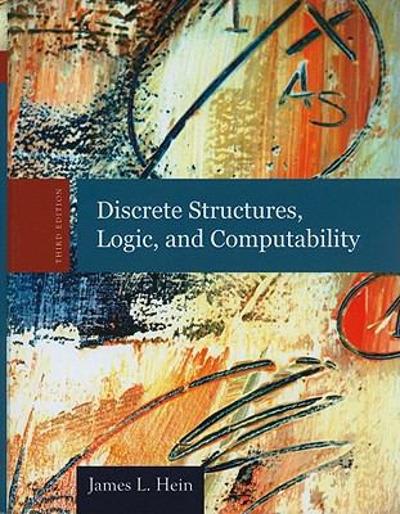Question
Problem 1, Which test? For each of the following situations, state whether you'd use a chi-squared goodness-of-fit test, a chi-squared test of independence, or some
Problem 1, Which test? For each of the following situations, state whether you'd use a chi-squared goodness-of-fit test, a chi-squared test of independence, or some other statistical test: (a) Is the quality of a car affected by what day it was built? A car manufacturer examines a random sample of the warranty claims filed over the past two years to test whether defects are randomly distributed across days of the workweek. (b) A medical researcher wants to know if blood cholesterol level is related to heart disease. She examines a database of 10,000 patients, testing whether the cholesterol level (in milligrams) is related to whether or not a person has heart disease. (c) A student wants to find out whether political leaning (liberal, moderate, or conser- vative) is related to choice of major. He surveys 500 randomly chosen students and performs a test. Problem 2, Nuts A company says its premium mixture of nuts contains 10% Brazil nuts, 20% cashews, 20% almonds, and 10% hazel-nuts, and the rest are peanuts. You buy a large can and separate the various kinds of nuts. On weighing them, you find there are 112 grams of Brazil nuts, 183 grams of cashews, 207 grams of almonds, 71 grams of hazelnuts, and 446 grams of peanuts. You wonder whether your mix is significantly different from what the company advertises. (a) Explain why the chi-squared goodness-of-fit test is not an appropriate way to find out. (b) What might you do instead of weighing the nuts in order to use a 2 test? Problem 3, Titanic Here is a table we first saw in Chapter 2 showing who survived the sinking of the Titanic based on whether they were crew members, or passengers booked in first-, second-, or third-class staterooms: Ticket Class Survival Crew First Second Third Total Alive 212 201 119 180 712 Dead 677 123 166 530 1,496 Total 889 324 285 710 2,208 (a) If we draw an individual at random, what's the probability that we will draw a member of the crew? (b) What's the probability of randomly selecting a third-class passenger who survived? (c) What's the probability of a randomly selected passenger surviving, given that the passenger was a first-class passenger? (d) If someone's chances of surviving were the same regardless of their status on the ship, how many members of the crew would you expect to have lived? e) Are Survival and Ticket Class related? State the null and alternative hypotheses. (f) Give the degrees of freedom for the test. (g) Perform the appropriate hypothesis test, and report the test statistic and the P- value. State your conclusions about the hypotheses. Problem 4, M&Ms The Mars company says that before the introduction of purple M&Ms, 14 % of the candies were yellow, 13 % were red, 20 % were orange, 24 % were blue, 16 % were green, and the rest were brown. You buy a bag of M%Ms and count 16 yellow, 18 red, 25 orange, 29 blue, 20 green, and 14 brown candies. Can we conclude that the stated proportions are still correct? Use a significance level of = 0.1. (a) If the M&Ms are packaged in the stated distribution, how many of each color should you expect to get? Remember, do not round expected values to a whole number. (b) State the hypotheses in words. (c) Perform the appropriate hypothesis test and report the test statistic, p-value, and the degrees of freedom. Be sure to write out what you entered in your calculator. (d) Write a full conclusion for this test in the context of the problem.
Step by Step Solution
There are 3 Steps involved in it
Step: 1

Get Instant Access to Expert-Tailored Solutions
See step-by-step solutions with expert insights and AI powered tools for academic success
Step: 2

Step: 3

Ace Your Homework with AI
Get the answers you need in no time with our AI-driven, step-by-step assistance
Get Started


